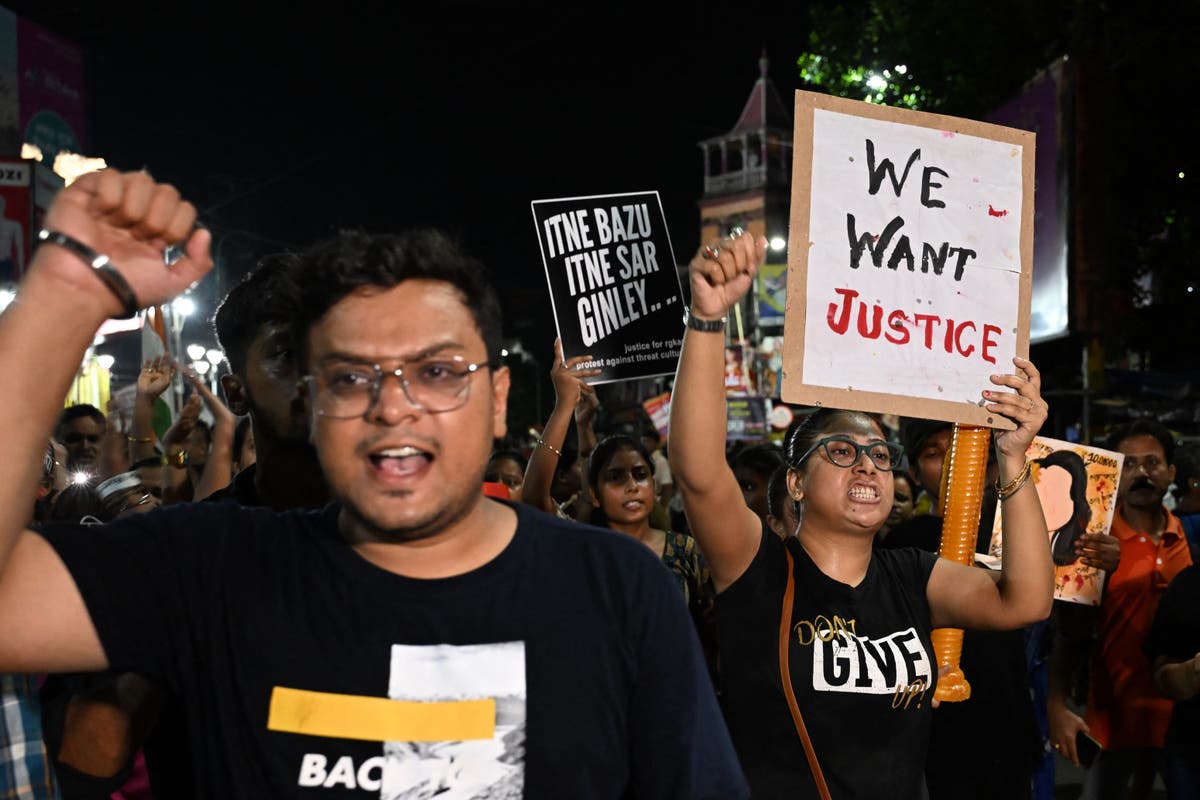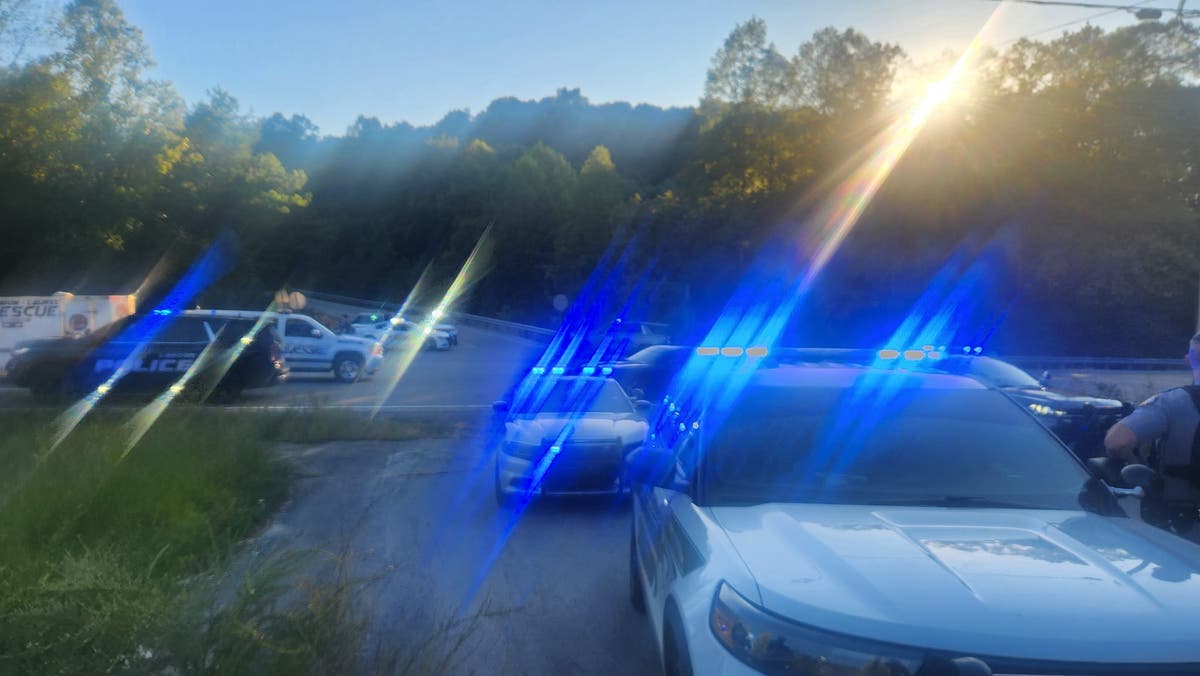16 Useful Tips For Traveling To The Philippines
This post may contain affiliate links. We may receive a small commission, at no cost to you, if you make a purchase. Read Disclosure.
Of all the countries in Southeast Asia to travel to, perhaps the country that most people skip traveling to is the Philippines – not because it’s not worth visiting, but because it’s such a mission to get there.
This tropical archipelago is known for its unspoiled natural beauty, azure oceans, verdant jungles, and laid-back island life culture, and all those who brave the expedition to The Philippines islands, will instantly fall in love with the country and find it an arduous task trying to leave.
Simply getting to The Philippines is a struggle, since there are rarely direct flights to popular islands like Palawan, Cebu, Bohol, or Siargao, and it’s most likely your journey will start with a flight to Manila, then another flight, followed by a 7 hour bumpy bus journey.
Sounds awful, but that’s the price you pay for paradise! Trust me it’s worth it.
If you’re dreaming of island getaways and want to explore this enchanting and far-flung country, here are some top tips for traveling to The Philippines and some essential things to know before you go.
Tips for Visiting The Philippines
1. Be vigilant when exploring Manila

Manila is where Ninoy Aquino International Airport is, which is the main international airport for The Philippines, but it’s not usually a place you stick around in for too long. It’s the main hub that connects you to the more scenic and popular tourist destinations and is often skipped.
I wouldn’t go as far as to say “avoid Manila” – there is a lot of history and culture to see there, but it doesn’t have enough attractions for more than a couple of days, so it’s not worth adding it to your trip unless time isn’t a problem.
A lot of people avoid Manila because of its bad rep. It’s not that Manila is unsafe, per say, but there are some shadey people about and so visitors should be aware of petty crimes here so they can look out for their safety.
There’s a significant homeless population in Manila, which can sadly lead to desperation and petty crimes. Manila is known for pick pocketers and thieves, who often target foreign visitors as they want to take your phones, cameras and passports to resell.
Now I’m not trying to scare monger you, and many people travel to Manila and have a great time and never encounter any issues. Violent crime is rare against tourists. As long as you keep an eye on your belongings and don’t flaunt your stuff, you shouldn’t have any problems.
2. Visit the Quieter Islands

Get out of Manila to see what the country has to offer. There are popular tourist spots like Boracay, but personally, it’s too saturated with foreigners/tourists to be really culturally authentic.
I suggest visiting the beautiful, but quieter islands, like Bohol, Coron, Camiguin, Palawan, Siquijor, Siargao Islands, Tagaytay, Baguio, or Vigan.
3. Avoid The South
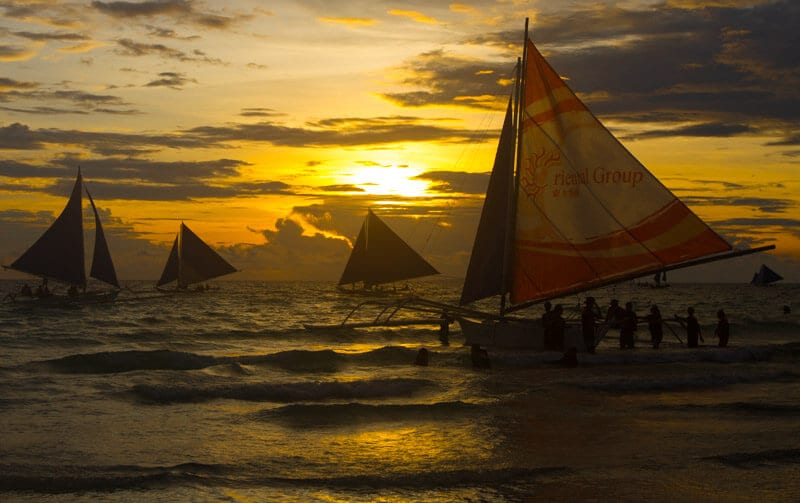
You may have heard of kidnappings in The Philippines, and this tends to happen in the far South island of Mindanao.
Yes, people will try to get as much money out of you as possible. It’s a poor country, so don’t go where the trouble is.
Terrorism is still an issue in some parts of The Philippines, and you’ll find most country’s travel advice is to avoid tourism unless necessary, but this is usually contained to an isolated area in the country.
Mindanao is where the rebels are and where most kidnappings happen, so stick to the tourist-safe zones and don’t travel too far off-the-beaten-path – yes, I know, we love exploring too! But not at the risk of our lives.
Having said that, there are guides for journalists who want to see those “exciting” areas.
4. Carry plenty of cash
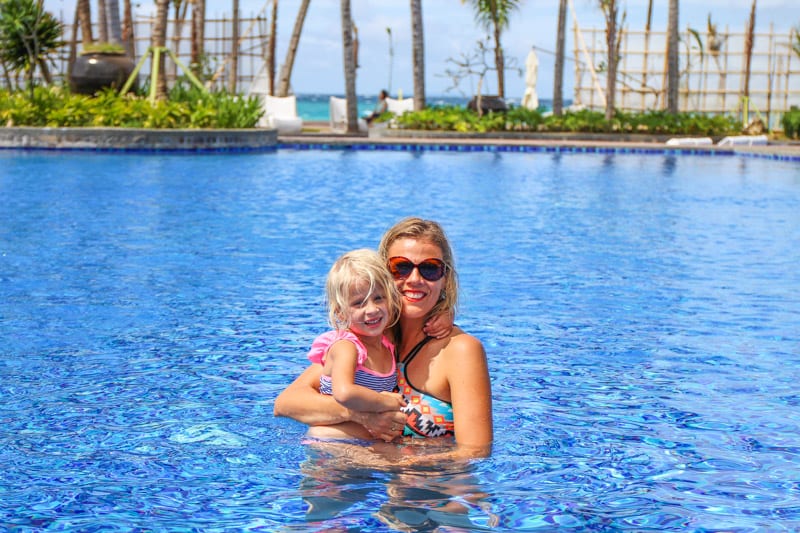
The Philippines is a country where cash is still the most common form of payment, so you will want to withdraw from the ATMs as soon as you can.
My advice is to withdraw as much as you need for a week, and keep what you need for the day on your person, and lock the rest away in your hotel safe.
It’s good to carry around cash, just don’t put it all in one spot, because yes, there are snatchers too.
The reason I suggest having a week’s worth of cash is because in small, remote destinations such as El Nido or Moalboal, the ATMs often run out of cash, or, they run into power cuts, so it’s not accessible to get any money.
Also, many of the secluded nature spots won’t have ATMs or credit card machines.
I vividly remember queuing for an hour to get cash out of an ATM in El Nido one Friday after it was restocked, and the guy behind me emptying the machine, leaving some tourists and locals stuck without cash.
Credit cards are accepted in most restaurants, but they will add 10% to the bill, so cash helps you to avoid paying extra.
5. Protect your health

Protect your tummy and health by only drinking bottled water, as tap water is not safe to drink. You can use a reusable water bottle and fill it up in your hotel or hostel.
Ensure your food is fully cooked and hot before you eat it.
Street food is delicious and shouldn’t be avoided, but be careful with chicken and pork dishes and make sure they are fully cooked, and only eat hot vegetables as they might not have been washed in bottled water.
Bring medication that you might need in case you are sick, such as panadol, diarrhea tablets, rash cream and so on.
Insect repellent will also come in handy as there are mosquitoes. Some areas of The Philippines have malaria mosquitoes, including the popular location of Palawan, so consult your travel doctor before you go.
It is a humid country, so carry around a small towel because you will be sweating constantly and drink plenty of water.
6. Negotiate prices
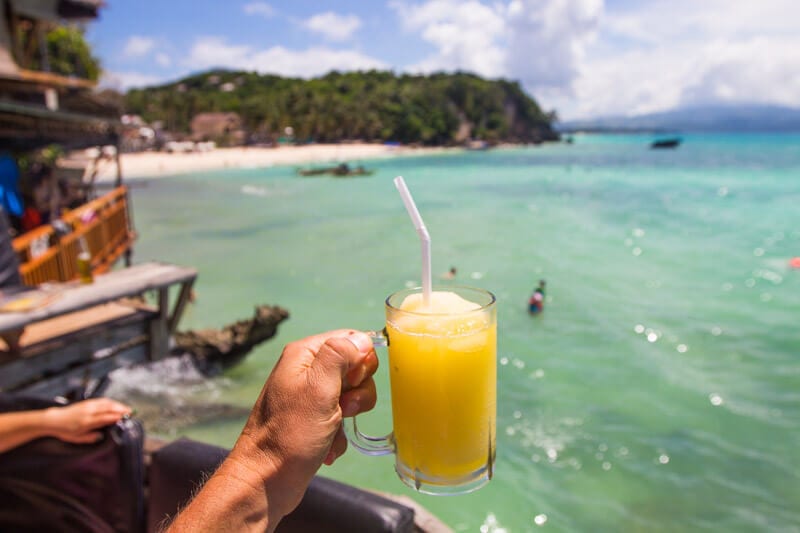
Somethings the price is the price, such as for tours and meals in restaurants, but other things can be negotiated such as taxi fares, souvenirs in the markets, and motorbike hires.
It’s fun to barter and as long as you don’t low ball too much, you’ll find the game of haggling really fun.
In the bazaars and markets, you’ll find shoppers who are either reluctant to haggle or will start the process for you – it’s always good to ask for better deals anyway.
7. Be careful hiring a scooter

If you’re not used to driving a motorbike or a scooter, I recommend you don’t use The Philippines as the country to practice on.
The roads are bumpy and full of potholes. Highway maintenance isn’t as prevalent here as it is in other countries.
Some of the roads to the beaches, may not even be roads at all, and more a muddy, sandy, stretch of terrain that you would think is impassable, until you see some brave locals tackle it with their bikes and you realize that is actually the way.
If in doubt, you can usually find locals who will be willing to drive you for a small fee (negotiate a price first). I even managed to negotiate for a local to drive me around for a full day, and he waited for me at each of the stops I wanted to visit and be ready to take me to the next place. It’s nice to contribute to the local community in that way.
8. Get used to power cuts

Power cuts in the Philippines happen a lot.
This can be because of supply and demand issues, particularly in tourist destinations like El Nido, when the demand for electricity exceeds the available supply, or because of power lines falling down.
The Philippines is prone to typhoons, earthquakes, and other natural disasters which can damage the infrastructure and disrupt the power supply.
Some areas also have outdated or poorly maintained electrical infrastructure.
You just have to get used to this, sorry!
9. Allow a lot of travel time
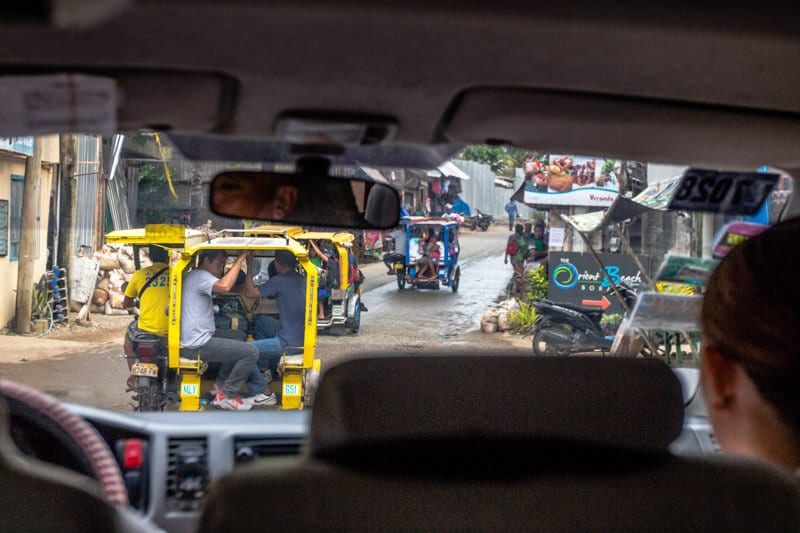
When traveling between islands and destinations, allow for a full day of traveling.
The distance between each place may not be huge on a map, but the poor road quality, the winding nature of the roads, and the constant stopping to drop off and pick up passengers, makes bus travel a long trip.
From Cebu City to Moalboal, it says it should take 3 hours on the map, but you will find it would be more like 5 hours because of the nature of public transportation.
The locals use the buses as parcel delivery as well, so sometimes bus drivers will stop to pick up packages and drop them off.
I once had a driver pick up a chicken and put it on someone’s lap on one journey before. This is very common, apparently!
10. Bring waterproof clothes/ponchos

It doesn’t matter what time of year you visit, rain showers are common throughout the island chain.
You could have a gorgeous, sunny day one minute and a rain shower the next, and then it passes in 10 minutes and be gorgeous again.
Always have waterproofs with you to prepare for any unforeseen rain showers.
Hey, now you know how the rice terraces get full!
11. Get a dry bag
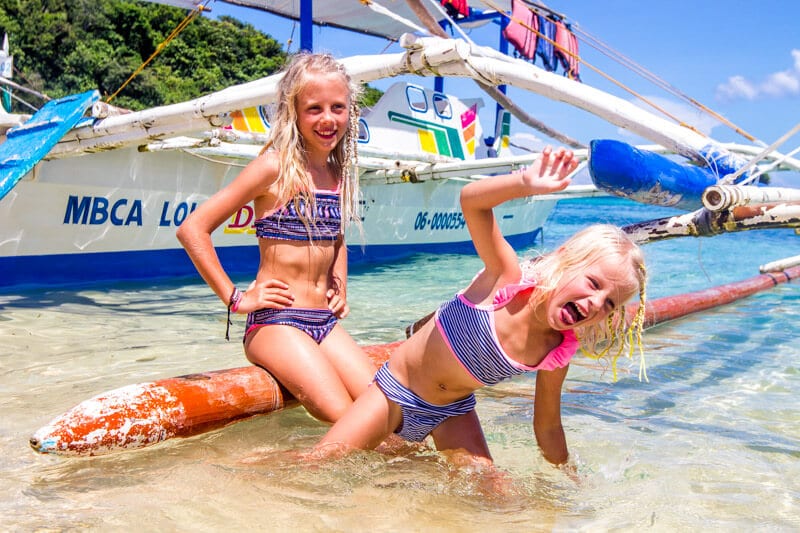
The Philippines is all about being on the water, so prepare for your adventures by getting a dry bag.
You can usually buy them in the markets for a couple hundred pesos (about $5 USD) and they will protect your belongings from getting wet.
Whether you plan to scuba dive or just lay on the beach, these bags are a lifesaver!
12. Buy a local sim card, but expect service to be poor
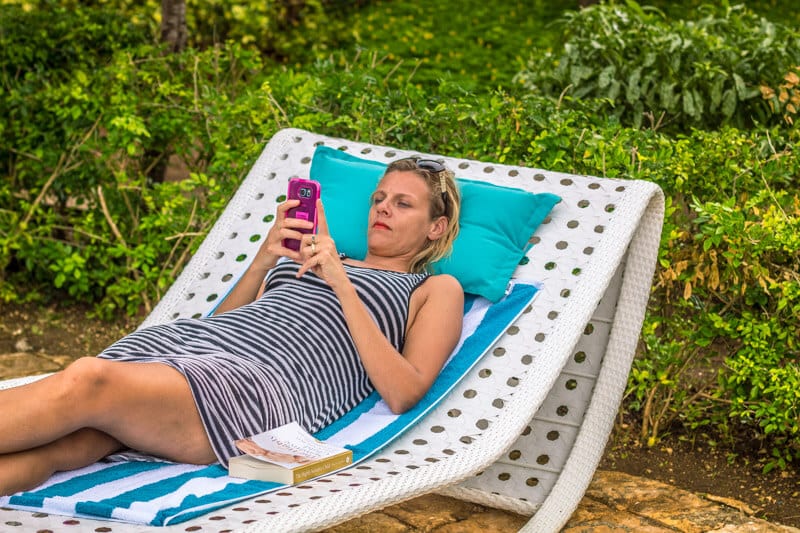
The Philippines is still a largely remote country, with many towns and villages being far apart and lacking basic infrastructure, so don’t expect cell service to be perfect.
The best way to stay connected to the internet is to get a local sim card and get a data plan.
You can then use your hotspot to connect laptops to your data, or use free wifi in the hotel or hostel.
Some people pack a portable wifi device, but I find that these don’t have great connectivity in rural places.
When exploring small islands, expect data to stop altogether.
13. Book transport on 12GO.Asia

The best way to get around is by using the minibus services, which you can book using a site called 12GO.Asia.
This site operates across Southeast Asia, and you may be familiar with it already, but it’s great for booking transfers in The Philippines.
You can book a ferry, a bus, or a taxi using this app, and it’s usually the same price as if you went to the bus station.
You can also use Grab and Uber in The Philippines but this is more expensive.
If you use a local taxi, the fare is run by a meter and can be very expensive, so best to avoid them as much as possible.
14. Book accommodation in advance

Some destinations, such as El Nido and Borocay, are incredibly popular and so the good accommodation gets booked up fast.
It’s a good idea to book in advance so you don’t have to pay an extra cost for a nicer room, especially if you’re visiting on a budget.
We loved our stay at the Movenpick Resort on Boracay Island.
15. Avoid the typhoon season

As mentioned earlier, The Philippines is subject to typhoons, which you really want to avoid.
It’s not just flooding and heavy rain that’s an issue, but landslides, trees falling on houses, and wide-spread devastation.
It can be very dangerous in The Philippines during this time, so you really want to plan your visit for the dry season.
The best time to visit The Philippines is from December to May, and the rainy season is June to November.
The shoulder months of October and April are often good times to visit in terms of quietness. Generally the worst of the rain is over by October, and in April the winter crowds have dispersed.
16. Be aware of entry requirements
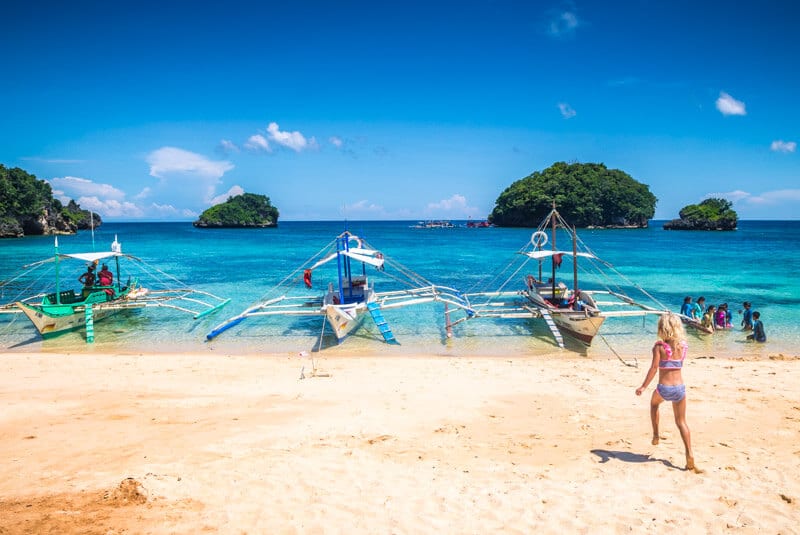
Always check whether you need a visa or entry permit before visiting.
Most countries allow 30 days without a visa, but check your own country before you book your plane ticket!
Final Philippines Travel Tips
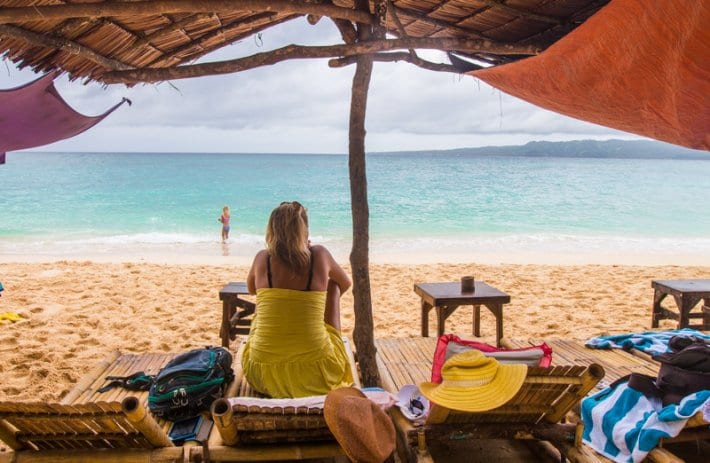
My last piece of advice is to just have fun! Although there are unscrupulous people around, generally Filipinos have a happy disposition and welcoming nature, and a hell of competitive streak in karaoke – just saying, you should be prepared.
Although the official language of the Philippines is tagalog, most Filipinos speak English, which makes communication generally really easy.
I hope this guide helped you plan your trip to The Philippines and gives you some more confidence to go.
It may sound like scare mongering, but we just want to prepare you for what’s out there as best as possible.
Do you have any more questions about traveling to The Philippines? Let us know in the comments.
Source link

